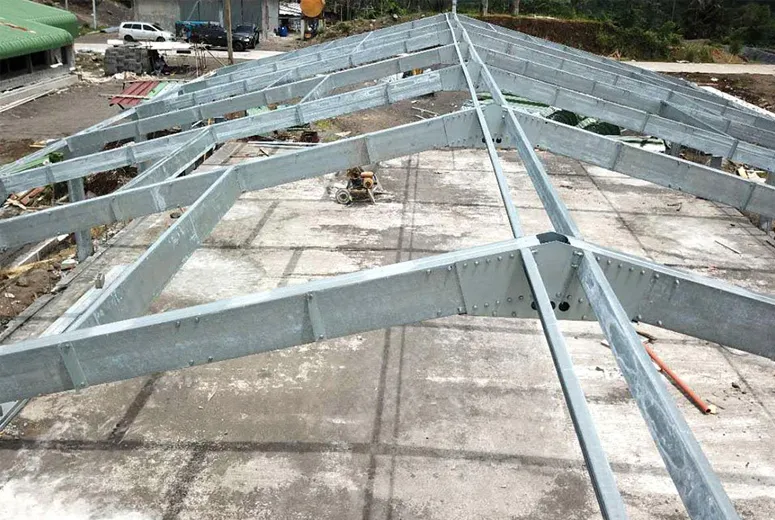- Afrikaans
- Albanian
- Amharic
- Arabic
- Armenian
- Azerbaijani
- Basque
- Belarusian
- Bengali
- Bosnian
- Bulgarian
- Catalan
- Cebuano
- Corsican
- Croatian
- Czech
- Danish
- Dutch
- English
- Esperanto
- Estonian
- Finnish
- French
- Frisian
- Galician
- Georgian
- German
- Greek
- Gujarati
- Haitian Creole
- hausa
- hawaiian
- Hebrew
- Hindi
- Miao
- Hungarian
- Icelandic
- igbo
- Indonesian
- irish
- Italian
- Japanese
- Javanese
- Kannada
- kazakh
- Khmer
- Rwandese
- Korean
- Kurdish
- Kyrgyz
- Lao
- Latin
- Latvian
- Lithuanian
- Luxembourgish
- Macedonian
- Malgashi
- Malay
- Malayalam
- Maltese
- Maori
- Marathi
- Mongolian
- Myanmar
- Nepali
- Norwegian
- Norwegian
- Occitan
- Pashto
- Persian
- Polish
- Portuguese
- Punjabi
- Romanian
- Russian
- Samoan
- Scottish Gaelic
- Serbian
- Sesotho
- Shona
- Sindhi
- Sinhala
- Slovak
- Slovenian
- Somali
- Spanish
- Sundanese
- Swahili
- Swedish
- Tagalog
- Tajik
- Tamil
- Tatar
- Telugu
- Thai
- Turkish
- Turkmen
- Ukrainian
- Urdu
- Uighur
- Uzbek
- Vietnamese
- Welsh
- Bantu
- Yiddish
- Yoruba
- Zulu
Dec . 12, 2024 11:40 Back to list
Foundations for Steel Frame Buildings A Comprehensive Overview
The construction of steel frame buildings has become increasingly popular in modern architecture due to their strength, durability, and versatility. However, the effectiveness and longevity of these structures largely depend on the quality and design of their foundations. In this article, we will explore the crucial aspects of foundations specifically tailored for steel frame buildings, considering factors like soil mechanics, foundation types, load distribution, and construction techniques.
Understanding Soil Mechanics
The first step in designing a foundation for any building, including steel frame structures, is to thoroughly understand the soil mechanics of the site. The characteristics of the soil, including its type, density, moisture content, and bearing capacity, play a vital role in foundation design. A geotechnical investigation, which may include soil testing and analysis, is essential to determine the most appropriate foundation type. Different soils react differently under load; thus, the soil's ability to support the weight of the steel frame structure is critical.
Types of Foundations
There are various types of foundations suitable for steel frame buildings, each with unique advantages
1. Shallow Foundations These are commonly used for smaller buildings or in areas where the soil has adequate bearing capacity close to the surface. Shallow foundations can include spread footings and strip foundations, which distribute the load of the building over a large area.
2. Deep Foundations In cases where surface soils are weak or the building is particularly tall or heavy, deep foundations may be necessary. Pile foundations, which consist of long columns driven deep into the ground, and drilled shafts are popular options. These foundations transfer loads to more stable soil or bedrock layers, ensuring the building's stability.
3. Mat Foundations For larger structures or when the loads are particularly heavy, mat foundations can be an effective solution. This type of foundation provides a large, thick concrete slab that spreads the load over a wide area, making it suitable for steel frame buildings with significant structural loads.
foundations for steel frame buildings

Load Distribution and Stability
The load distribution of a steel frame building is critical during the design phase. Steel frames can carry substantial loads, including dead loads (the weight of the structure itself), live loads (occupants and equipment), and environmental loads (like wind and snow). Understanding how these loads interact with the foundation helps engineers design a stable and safe structure.
Moreover, it is essential to consider lateral loads in the design, especially for taller buildings. These loads can cause swaying, and if not adequately mitigated, they may lead to structural failure. Bracing systems within the steel frame can help resist these lateral forces, and the foundation must be designed to accommodate any additional stresses.
Construction Techniques
Proper construction techniques are crucial to ensure the integrity of the foundation. Once the foundation is designed, meticulous attention must be paid to the materials used and the quality of work during installation. The concrete used for the foundation must meet specific strength specifications, and proper curing must be ensured to avoid cracking.
Additionally, coordination between the foundation work and the steel frame erection is vital. Steel frames should be aligned with the foundation to guarantee that loads are transferred efficiently. Any misalignment can lead to uneven load distribution, which might compromise the building's safety.
Conclusion
Designing and constructing foundations for steel frame buildings is a complex but essential task that directly impacts the performance and longevity of the structure. By understanding soil mechanics, selecting the appropriate foundation type, considering load distribution, and employing effective construction techniques, engineers can ensure that steel frame buildings are secure and durable. As urbanization continues to grow, the demand for solid and reliable foundations will remain a top priority in civil engineering, ensuring that our steel frame structures can withstand the test of time.
-
How Do Prefabricated Steel Structures Transform Modern Construction?
NewsJul.14,2025
-
How Do Prefabricated Metal Buildings Redefine Modern Construction?
NewsJul.14,2025
-
How Do Prefab Insulated Metal Buildings and Steel Structures Revolutionize Modern Construction?
NewsJul.14,2025
-
How Do Pre - Engineered Steel Structures Redefine Modern Construction?
NewsJul.14,2025
-
Advancing Modular Construction with Prefabricated Metal Structures
NewsJul.14,2025
-
Advancing Industrial Infrastructure with Prefabricated Steel Solutions
NewsJul.14,2025
Products categories
Our Latest News
We have a professional design team and an excellent production and construction team.












